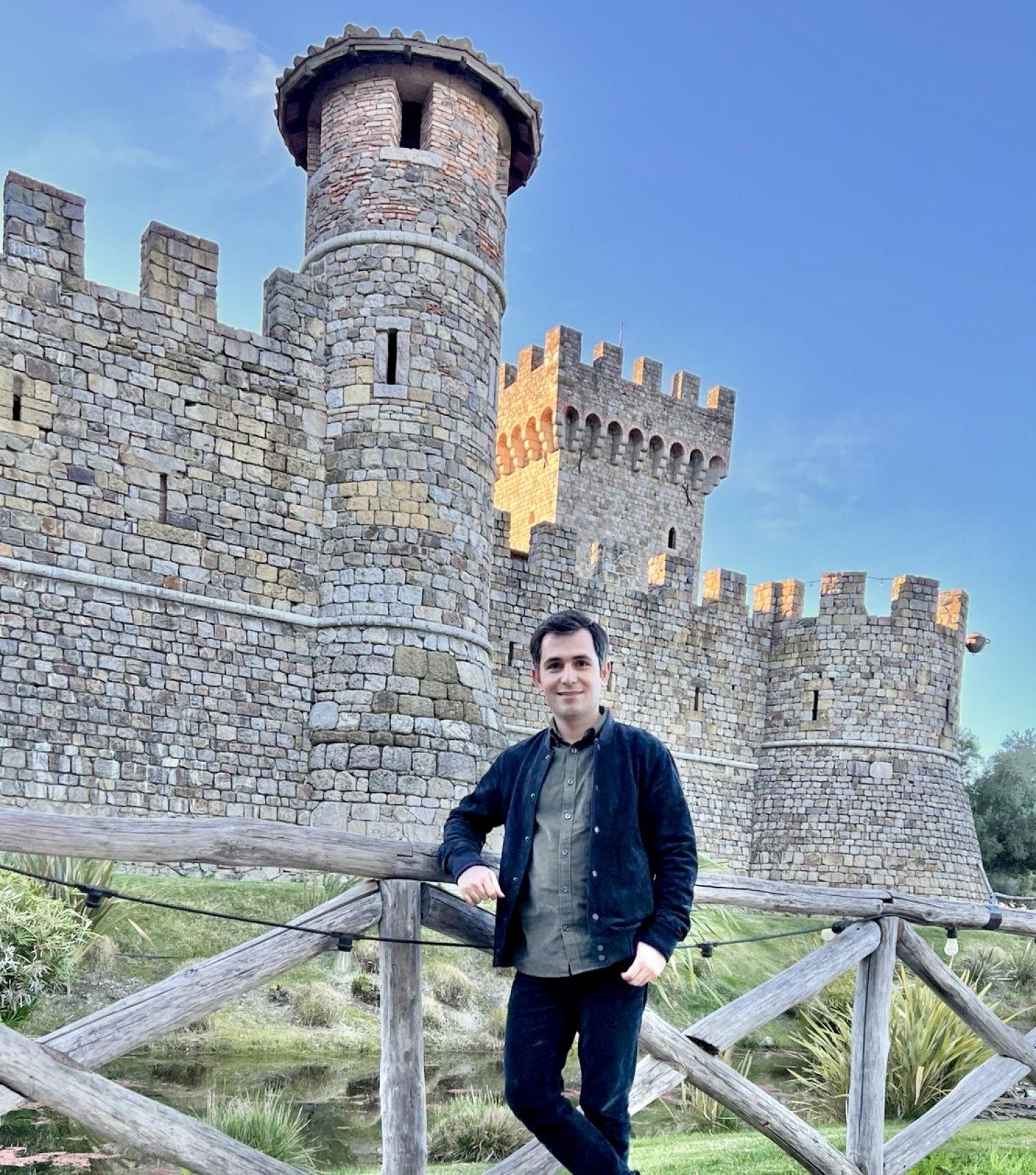Behzad Vahedi Update
This past February, I received the Outstanding Student Presentation Award (OSPA) from the American Geophysical Union (AGU) for his presentation at the AGU Fall Meeting 2021. According to the AGU, "this honor is awarded for only the most exceptional presentations during AGU Fall Meeting 2021."
I am a PhD student at our department and prior to joining CU, I completed a B.Sc. in Geomatics Engineering and an M.Sc. in GIS Engineering at K.N.Toosi University of Tech. in Iran, and an M.A. in Geography at University of California Santa Barbara. My research focuses on spatiotemporal machine learning, including both classification and regression problems and my work is motivated by two major application domains: the classification of sea ice from satellite-based radar imagery captured over the Arctic, and forecasting the spread of COVID-19 across the United States.
I won the OSPA award for a presentation titled "A Comparison of Classic Deep Learning Architectures For Sea Ice Classification From SAR". In this work, I explored the idea of transfer learning in the context of classification of different sea ice types from Sentinel-1 Synthetic Aperture Radar (SAR) imagery. The state-of-the-art image classification models are trained on images of everyday objects such as animals, symbols, and vehicles. Needless to say, this is very different from the contents of a standard optical or radar image acquired by a satellite. The idea of modifying a model trained on everyday objects in order to use it in a different domain, remotely sensed radar imagery in this case, is called transfer learning.
I compared the performance of some of the most used models from the field of computer vision in the task of classifying sea ice in radar images. To this end, I examined whether what these models have learned from everyday images can be transferred to the radar imagery, and if so, to what extent. This is significant because the amount of labeled radar imagery is limited. The findings of this study can help researchers make informed decisions when designing deep learning-based classification models for sea ice.
Inspired by these findings, I am currently working on developing more powerful classification models that can achieve high performance with limited data and hopefully help those experts in the task of sea ice charting in the near future.
I would like to thank his advisor Dr. Morteza Karimzadeh and his co-author Dr. Benjamin Lucas for their help and support, and the CU Boulder Geography for the great environment it has provided for research and collaboration.


